Does your furry friend constantly scratch, lick, or show signs of discomfort? It might be a case of food allergies. Dog food allergies can cause significant distress for your pet and can be challenging to diagnose and manage. Fortunately, an elimination diet can be a game-changer. In this article, we'll explore how an elimination diet can help you end your dog’s suffering fast, providing you with the information and strategies you need to make your pup happy and healthy again.
Understanding Dog Food Allergies
What Are Dog Food Allergies?
Dog food allergies occur when a dog's immune system mistakenly identifies a specific food ingredient as harmful. This triggers an allergic reaction, leading to symptoms like itching, skin rashes, gastrointestinal issues, and more. Common allergens include beef, dairy, wheat, egg, chicken, lamb, soy, pork, rabbit, and fish.
Symptoms of Dog Food Allergies
- Itchy skin: Persistent scratching, especially around the face, ears, paws, and belly.
- Gastrointestinal issues: Vomiting, diarrhea, and gas.
- Ear infections: Frequent ear infections or signs of ear discomfort.
- Poor coat condition: Dull coat, excessive shedding, or hair loss.
- Red, inflamed skin: Hot spots or red, irritated skin patches.
How Common Are Dog Food Allergies?
Dog food allergies are relatively common, affecting about 10% of all dogs. It's crucial to differentiate between food allergies and food intolerances, which are non-immune responses to certain ingredients that can cause similar symptoms.

What Is an Elimination Diet?
The Basics of an Elimination Diet
An elimination diet involves removing potential allergens from your dog's diet and then reintroducing them one at a time to identify the culprit. This process can take several weeks but is highly effective in pinpointing food allergies.
How to Start an Elimination Diet
- Consult Your Vet: Before starting an elimination diet, it's essential to consult with your veterinarian. They can provide guidance and ensure your dog remains healthy throughout the process.
- Choose Hypoallergenic Food: Select a hypoallergenic or novel protein diet. This food should contain ingredients your dog has never eaten before.
- Strictly Adhere to the Diet: Feed your dog the hypoallergenic food exclusively for 8-12 weeks. Avoid treats, table scraps, and flavored medications.
Reintroducing Foods
After the elimination phase, gradually reintroduce one ingredient at a time, typically over a period of 1-2 weeks per ingredient. Monitor your dog closely for any signs of an allergic reaction. If symptoms return, you've likely identified the allergen.
Frequently Asked Questions
How Long Does It Take to See Results?
Most dogs show improvement within the first few weeks of the elimination diet. However, complete symptom resolution may take up to 12 weeks.
Can I Use Home-Cooked Meals for the Elimination Diet?
Yes, home-cooked meals can be used, but it's crucial to ensure they're nutritionally balanced. Consult with your vet to develop a suitable recipe.
What If My Dog Doesn’t Improve on the Elimination Diet?
If your dog doesn’t improve, it's possible that they have allergies to multiple ingredients, environmental allergies, or another underlying condition. Consult your vet for further testing and guidance.
Are There Any Risks Associated with an Elimination Diet?
While generally safe, an elimination diet can sometimes lead to nutritional imbalances if not carefully managed. Always work closely with your vet to ensure your dog's dietary needs are met.
Tips for a Successful Elimination Diet
Be Patient and Consistent
Patience and consistency are key to a successful elimination diet. Stick to the plan and avoid giving your dog any foods that are not part of the diet.
Keep a Food Diary
Maintain a detailed food diary to track what your dog eats and any symptoms that occur. This can help identify patterns and pinpoint the allergen more accurately.
Use Limited Ingredient Treats
If you want to give your dog treats, use limited ingredient treats that match the hypoallergenic diet. Avoid commercial treats that may contain hidden allergens.
Dealing with dog food allergies can be challenging, but an elimination diet is an effective way to identify and eliminate the problem. By understanding the symptoms, following a structured elimination diet, and consulting with your vet, you can significantly improve your dog’s quality of life. Remember, patience and consistency are crucial in this process. Your furry friend will thank you for your efforts with a happier, healthier life.




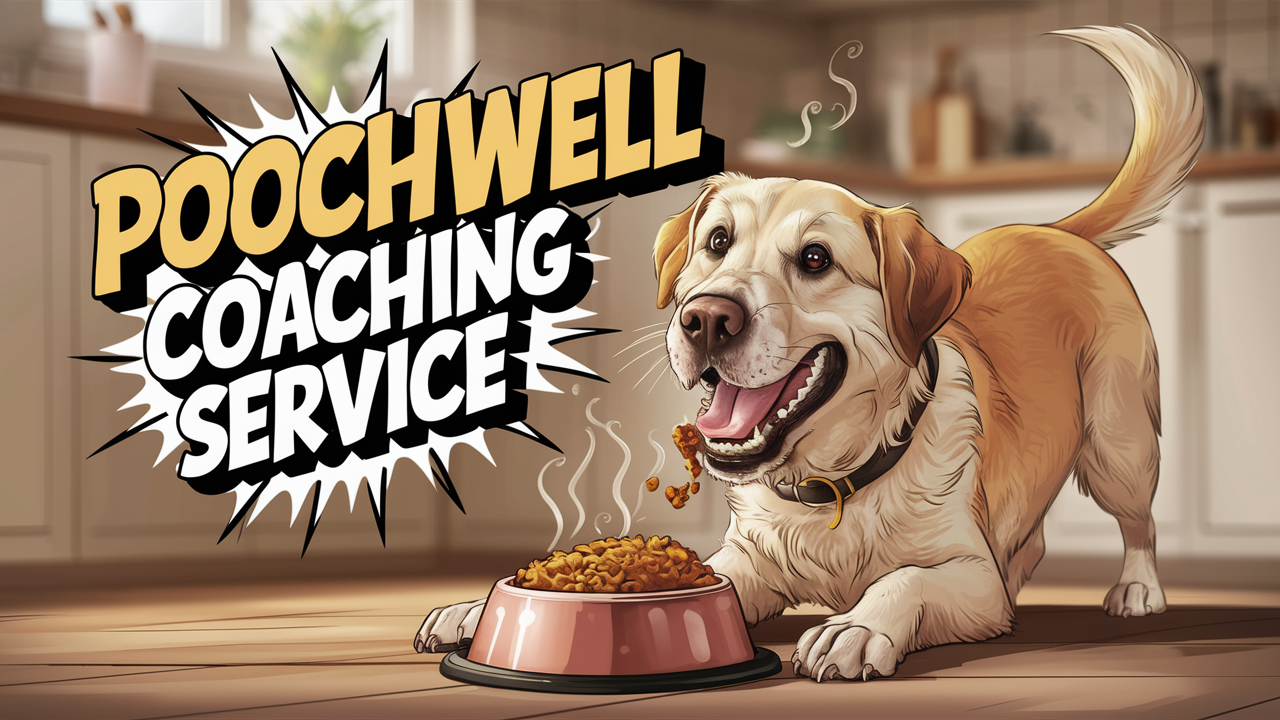

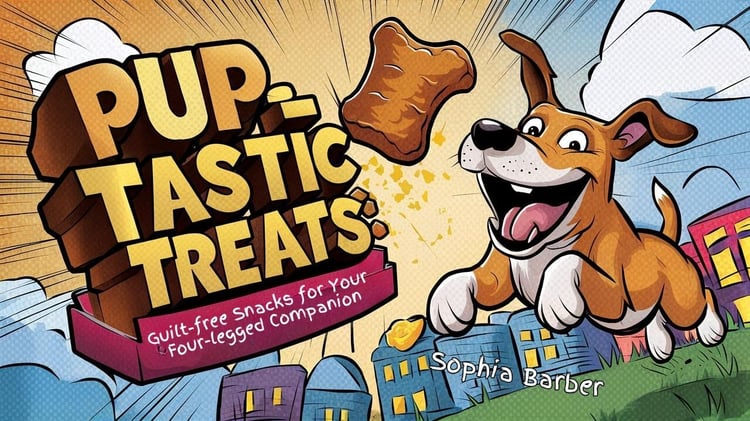
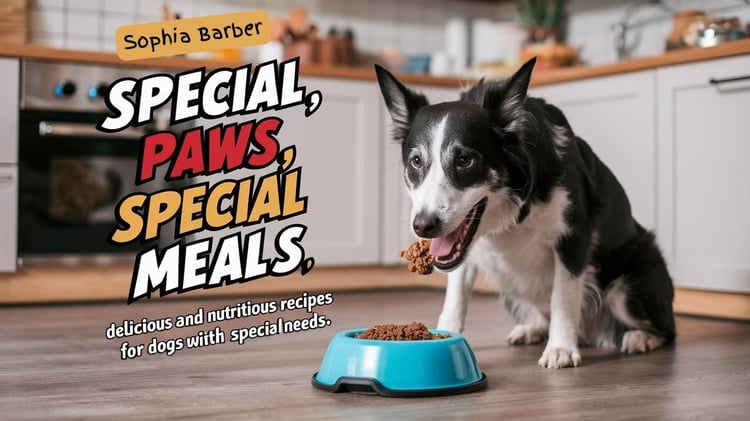
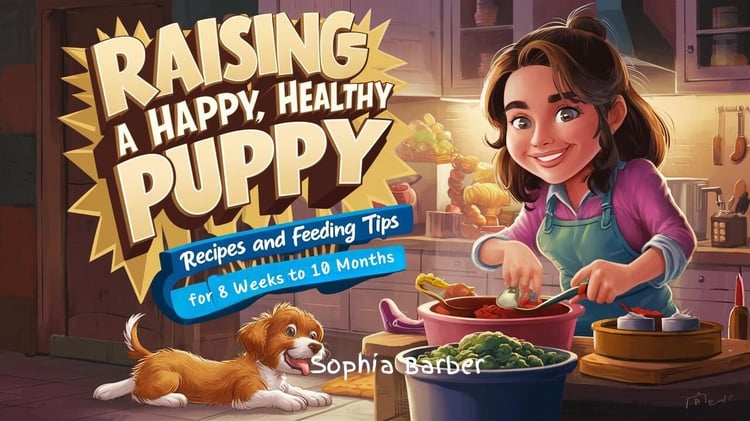
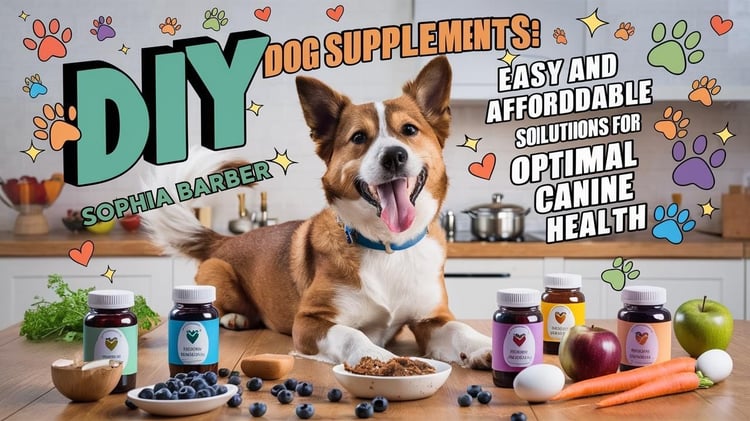












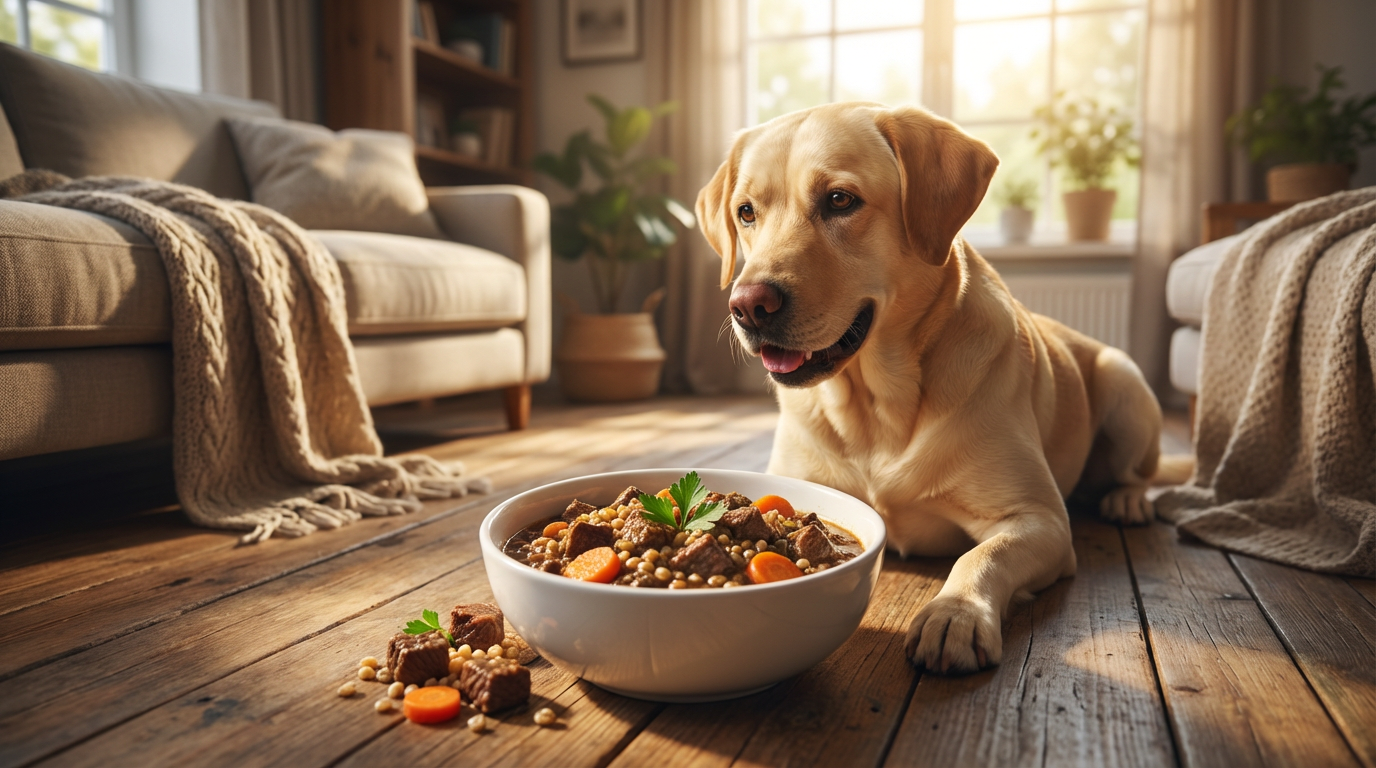

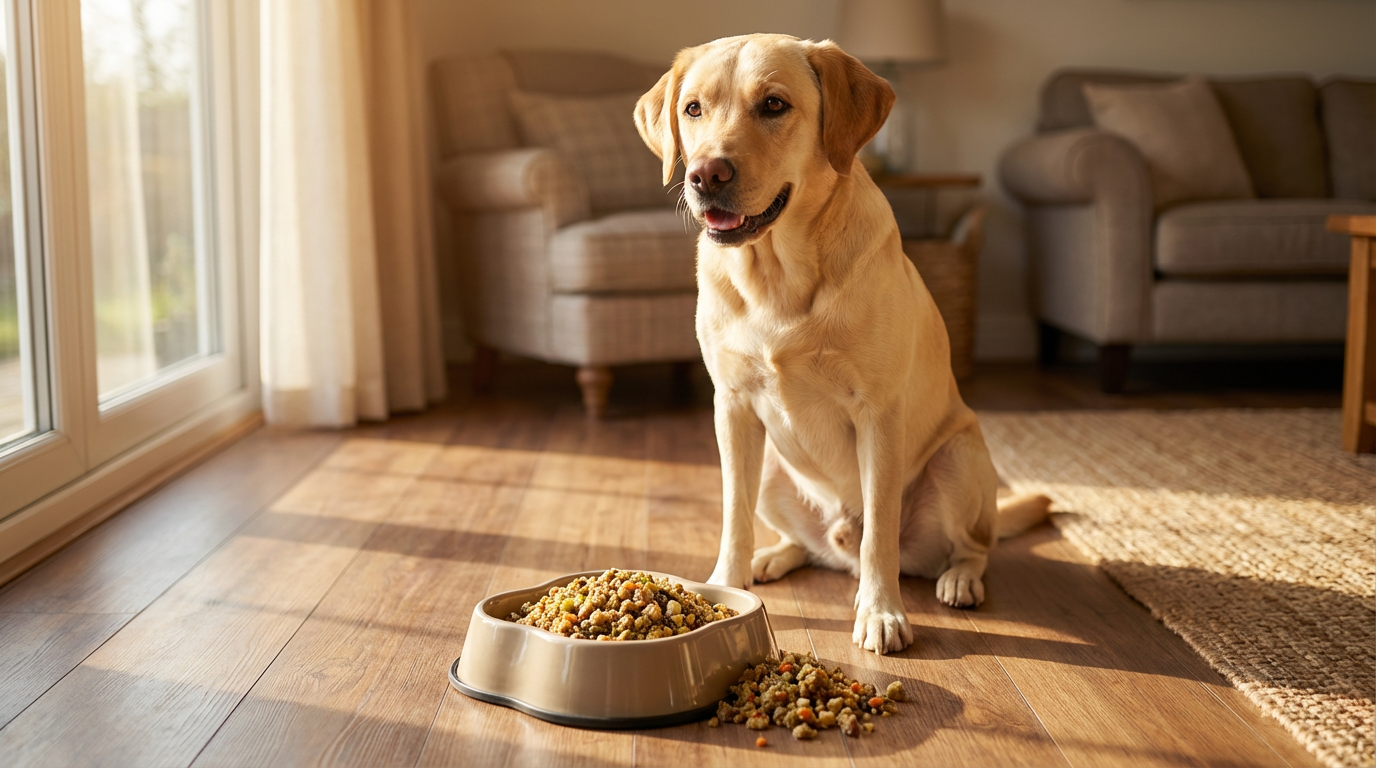

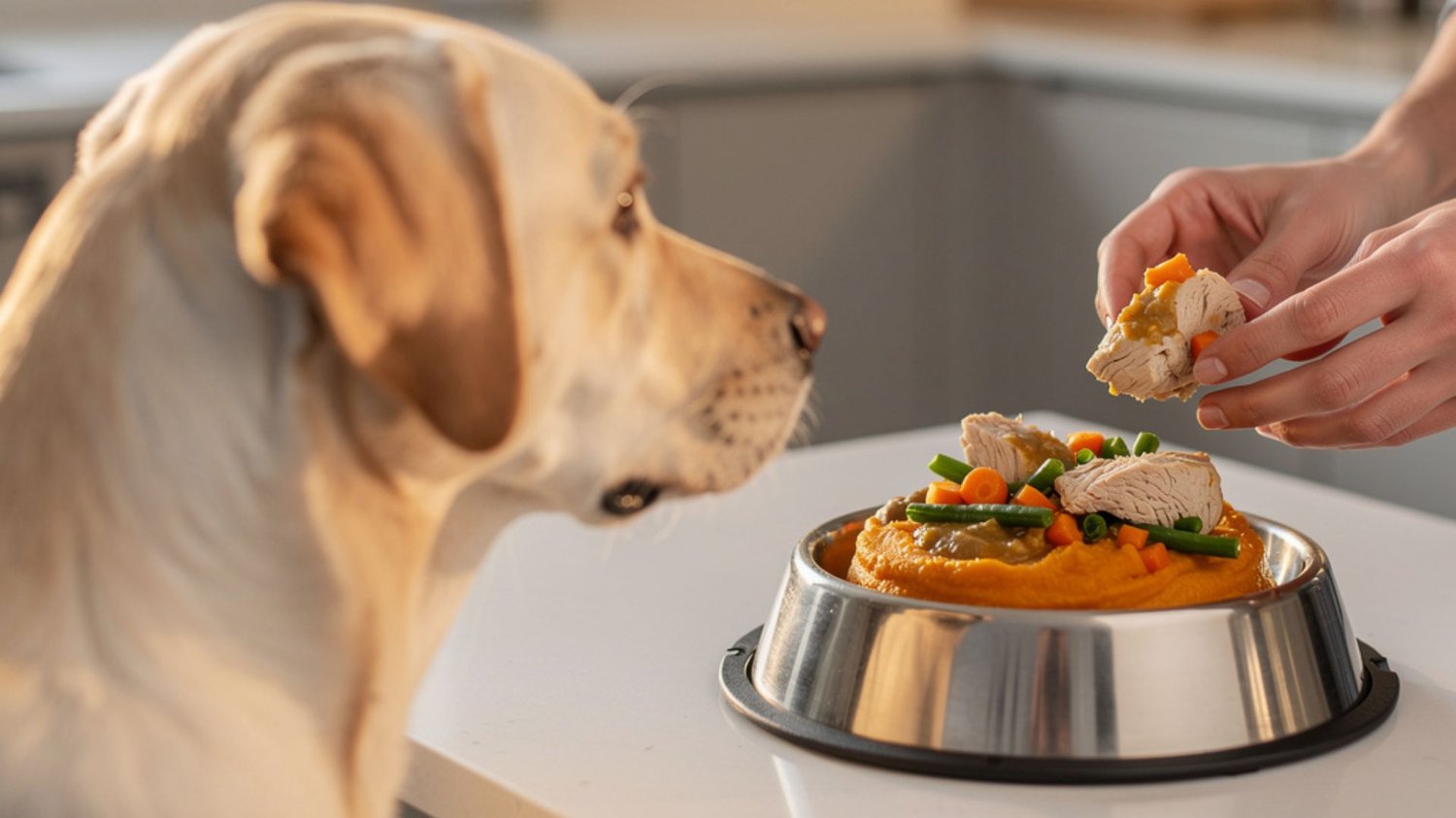
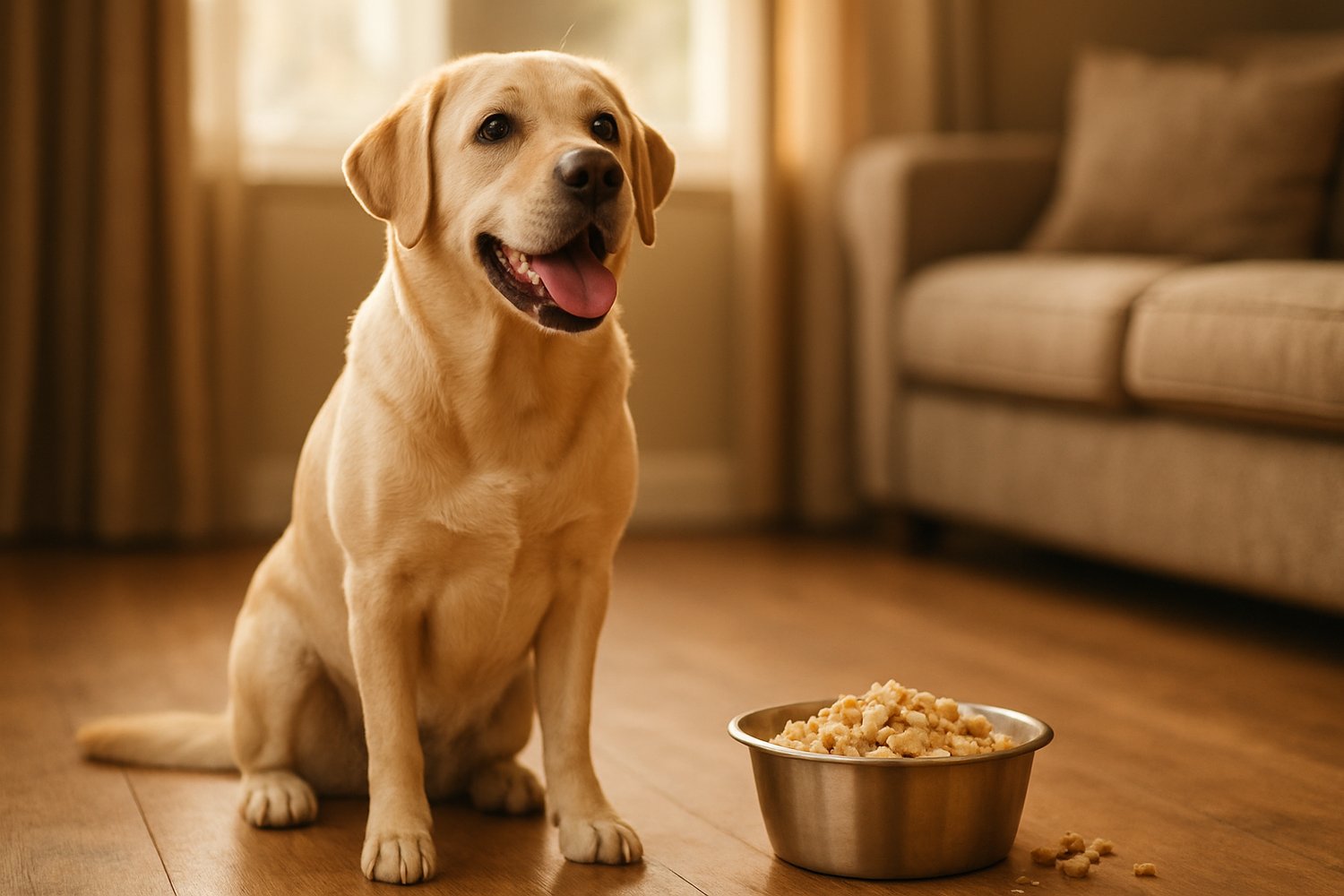
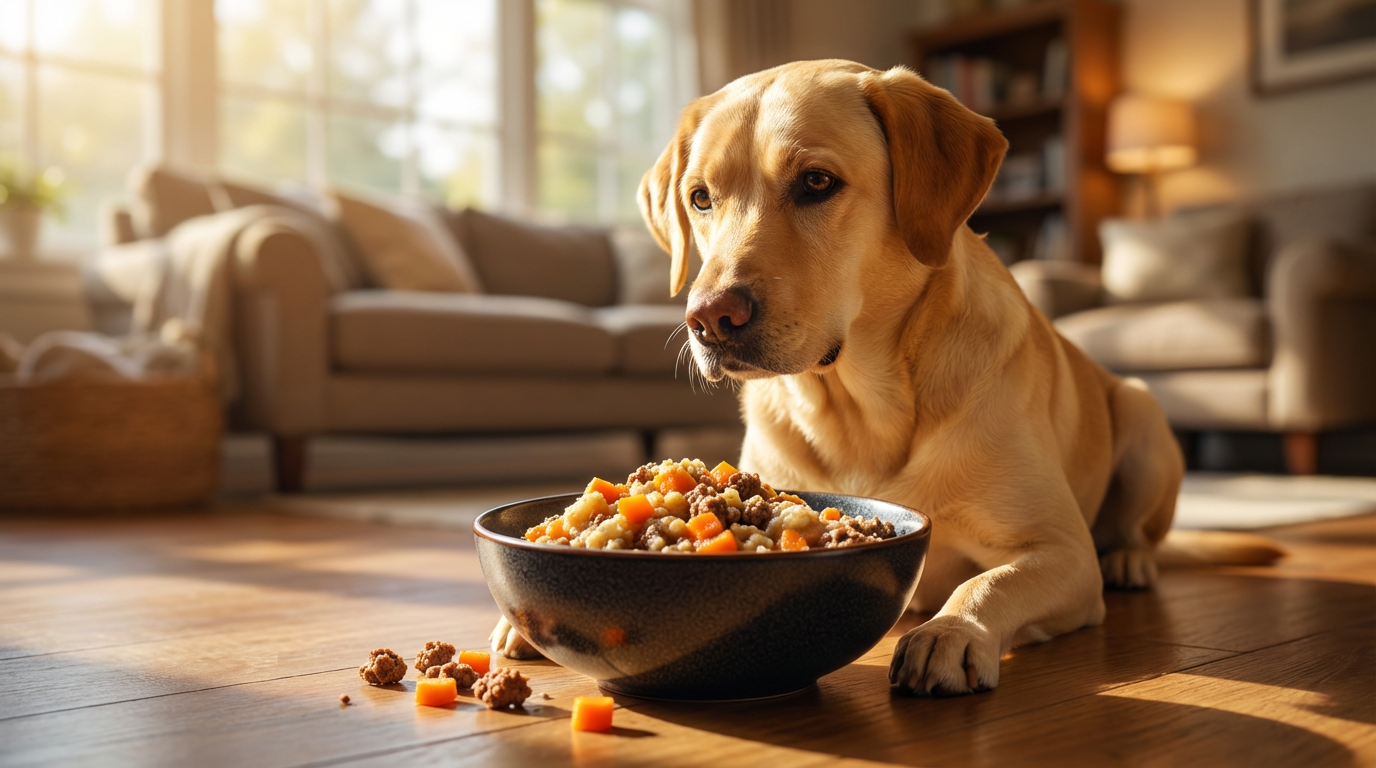

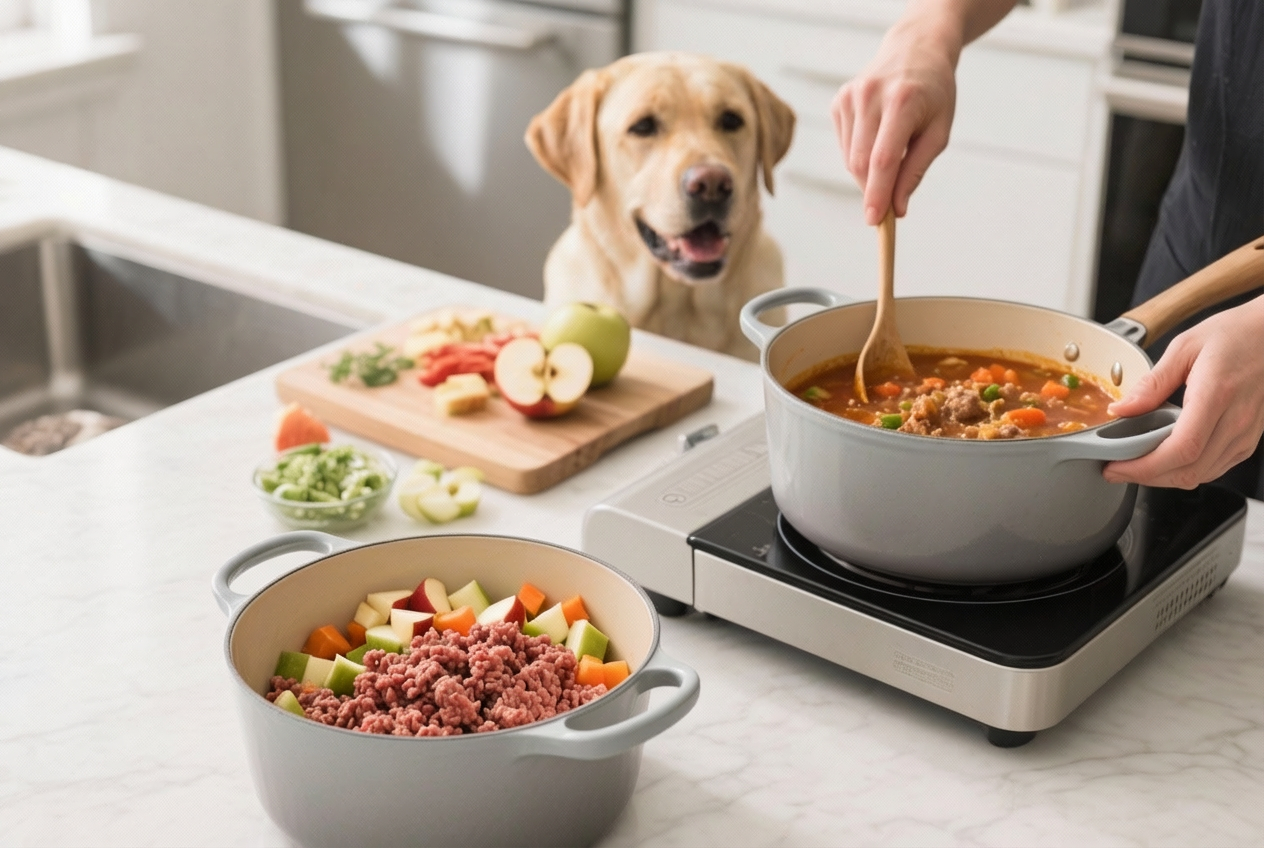

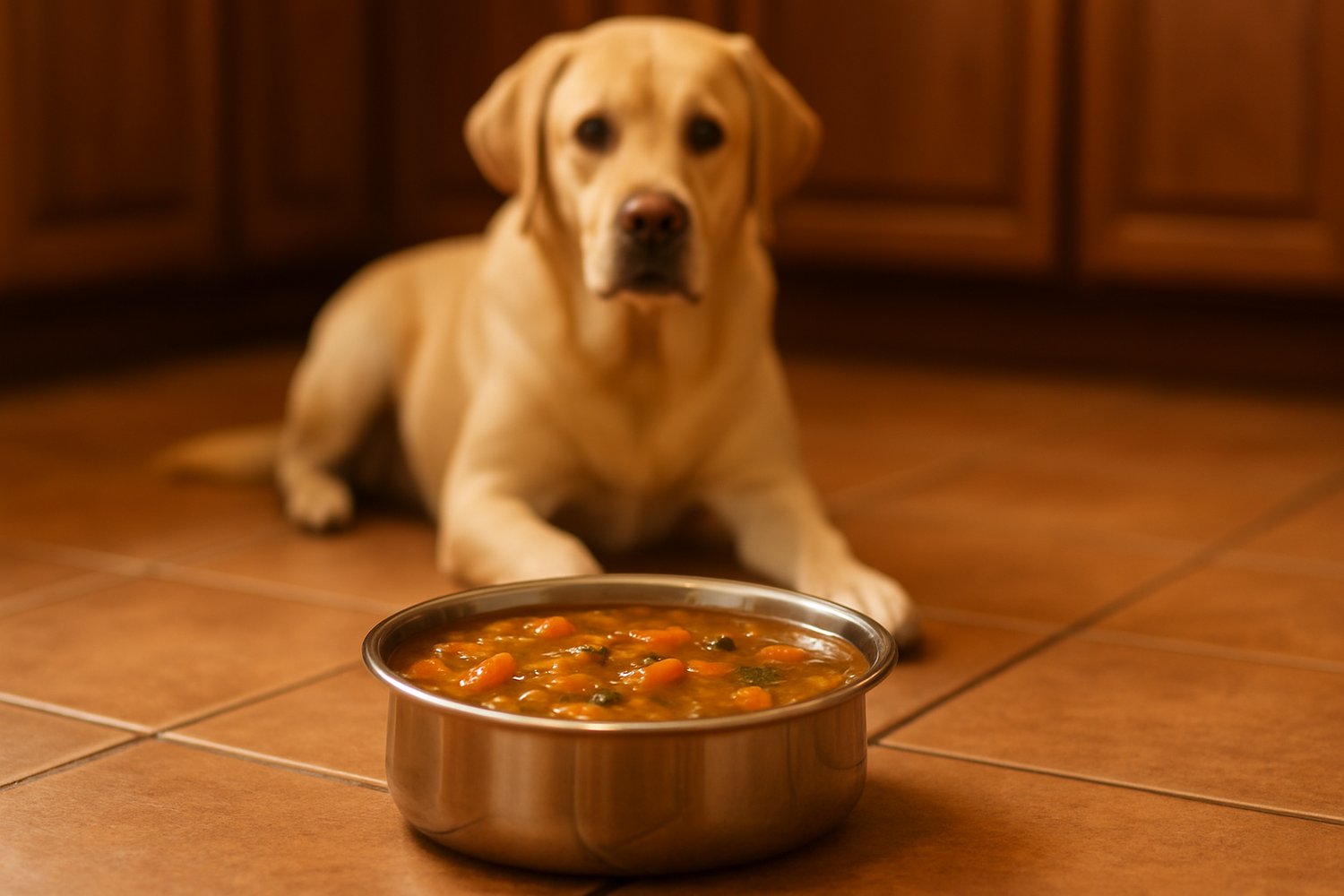

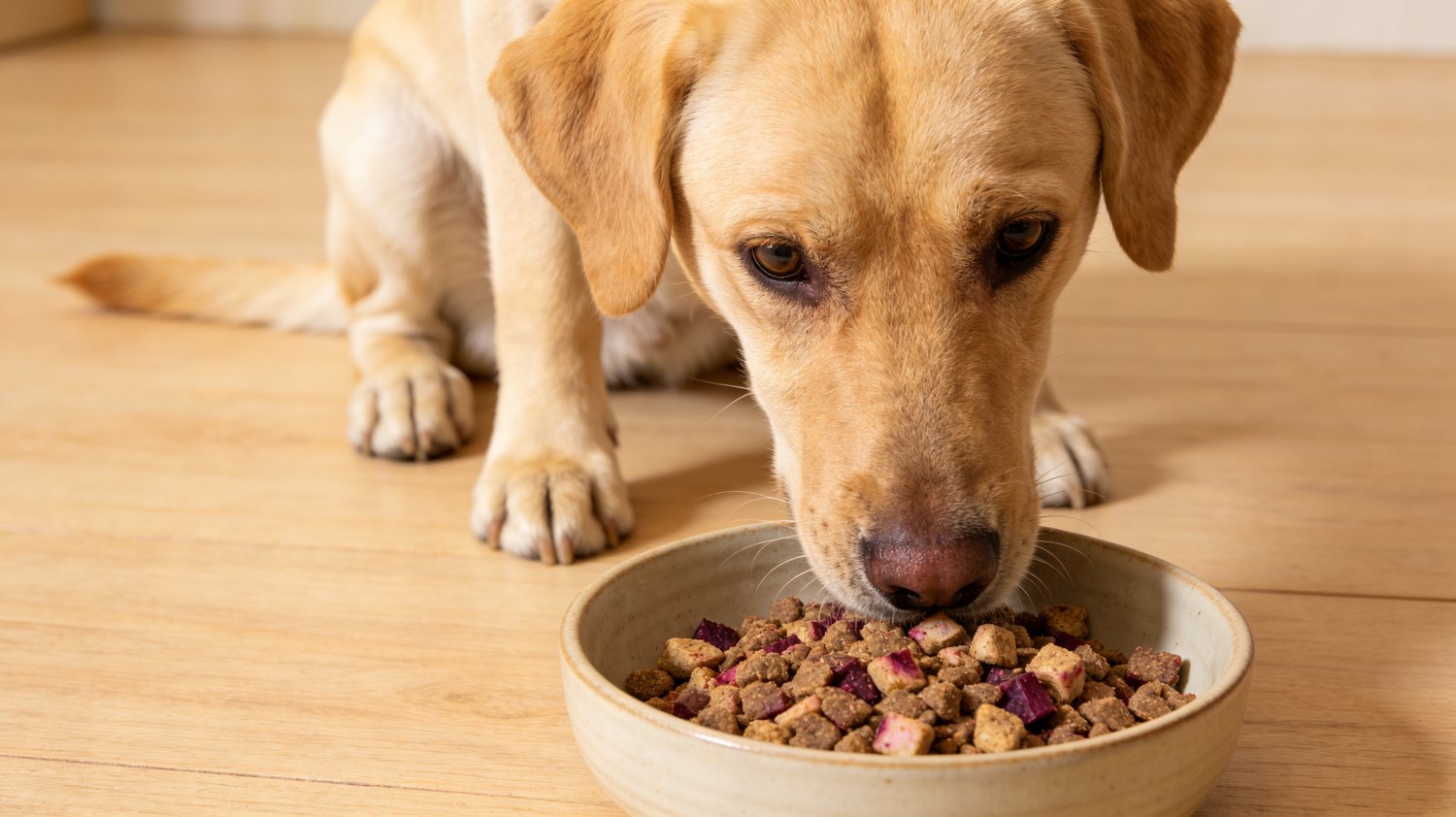



Comments ()